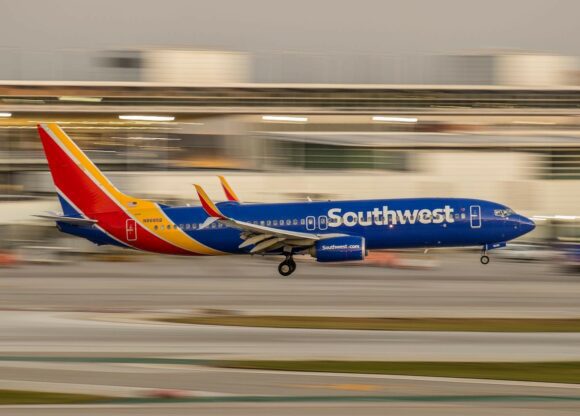As the C Series deliveries grow and the E2 is about to make the first delivery, it is an opportunity to revisit the market for the sub-150 seat jets. The size of this market varies from about 4,000 to close to 6,000 over the next 20 years, depending on the source. In this market, the vast majority of aircraft come from Airbus (A319 mainly) and Boeing (737-700 mainly).
As of year-end 2017, there were 1.303 in-service A319s and 1,031 737-700s in service with airlines. Together this amounts to 2,334. In addition, there were 11 parked Boeings and 34 parked Airbus. This fleet is a long way off from 4,000. Adding the other models of this seat segment we get a total of 4,174 in-service. The other models extant include 717s, the remaining MD80s, smaller (and older) 737s and a bunch of Fokkers plus the E190/195s. So the market is already over 4,000. The A319 accounts for 31.1% and the 737-700 for 24.5%.
It appears that Airbus and Boeing have decided the future of the 100-150 seat market comes in the form of the CS and E2 respectively. So what do we know of these A319 and 737-700 fleets? First, the A319.
The USA represents the second largest market after Europe. The average age of the US-based fleet is 13 years. The American and Delta fleets were inherited from mergers. Delta has already made a selection in the segment for C Series and, we believe, this decision cannot be ignored by the competition. Fuel prices are up substantially over last year. This has to be an important consideration looking ahead.
Next the Boeing fleet. Here we can see that by far, the USA is the key market. This is driven by Southwest Airlines. This airline continues to acquire these models in the second-hand market. Moreover, the airline remains committed to this size aircraft, even as it also takes delivery of MAX8s.
Southwest has MAX7s on order but has deferred them far out enough to make that commitment iffy. Will the airline stick with MAX, or is it open to something more optimized in this segment?
Delta, as noted above, has moved in a new direction and has said it will not add to its current 737-700 fleet. The other leader in this pack is United, and we dealt with the options there yesterday.
The US represents just under 40% of the world market for A319s and 737-700s. This makes the decisions on fleet selection by the US airlines likely to be highly influential for the 100-150 seat market. While the current US fleet average age is still relatively young, there are certain airlines that need to make decisions (mainly United).
Neither Bombardier nor Embraer produce fast enough for the US airline industry replacement demand. Imagine the pressure on them if one adds growth plus other markets? As was noted yesterday, Boeing’s 737 supply chain is facing high stress at present.
Consequently, it might be important that given the industry supply chain stress plus comparatively slow delivery rates, that United hastens its decision process. Delta was the first domino. The subsequent moves by Airbus and Boeing have clouded the US market since that order. Everyone wants to wait and see how the mergers/purchases play out.
One might think the Boeing/Embraer deal gives the E2 an advantage at United. United is clearly in the Boeing camp. But last year it was the CS that nearly squeaked through.
What about American? It has 123 A319s and has converted orders to the A321. American has also toyed with used A319s. American’s fleet is so large they can buy from both Bombardier and Embraer to keep them off balance in pricing. As was the case with the Airbus A320neo and Boeing MAX order.
The decisions at United and American about replacing their 100-150 seat fleets are going to be highly influential to the rest of the world market in this segment. The next domino to fall cannot be delayed indefinitely because supply from Bombardier and Embraer is limited. Which is, no doubt, support for Boeing still offering the MAX7 and Airbus not giving up on the A319neo.
Co-Founder AirInsight. My previous life includes stints at Shell South Africa, CIC Research, and PA Consulting. Got bitten by the aviation bug and ended up an Avgeek. Then the data bug got me, making me a curious Avgeek seeking data-driven logic. Also, I appreciate conversations with smart people from whom I learn so much. Summary: I am very fortunate to work with and converse with great people.







